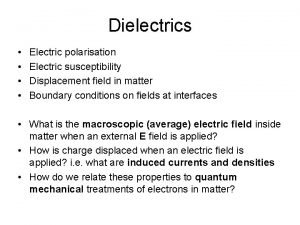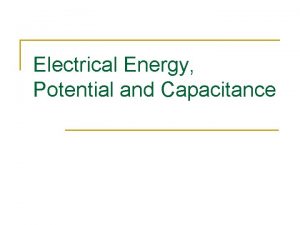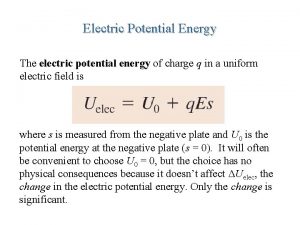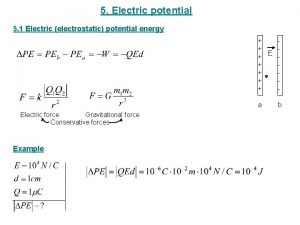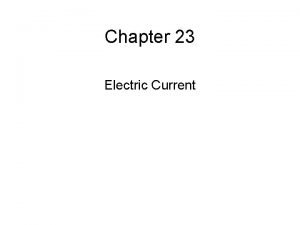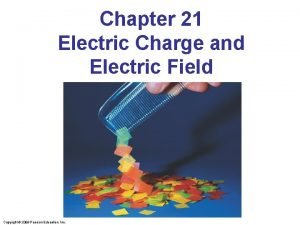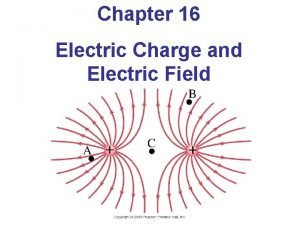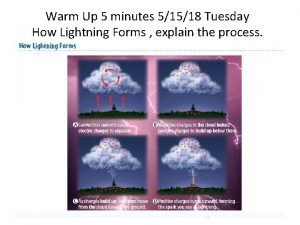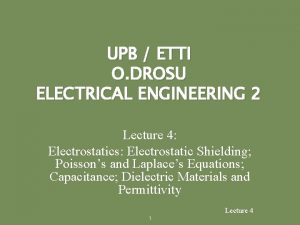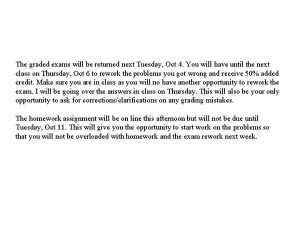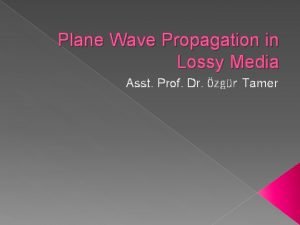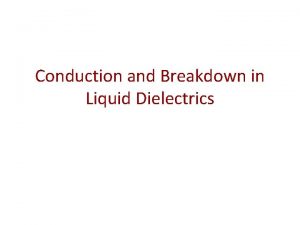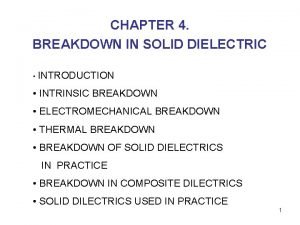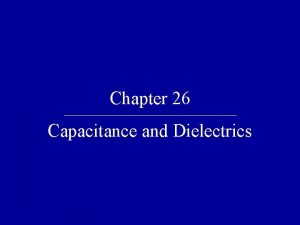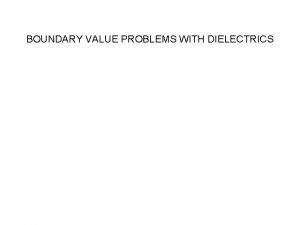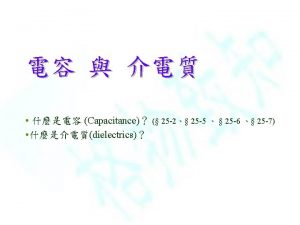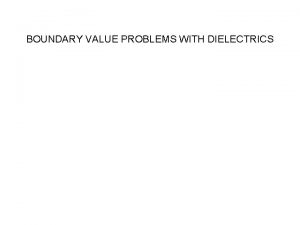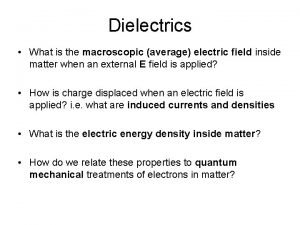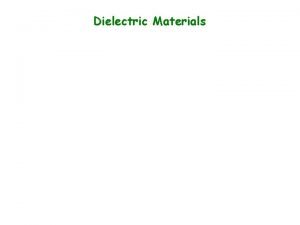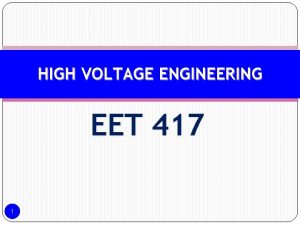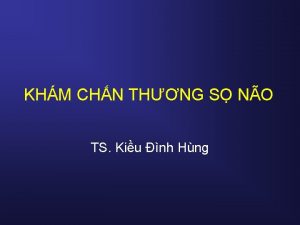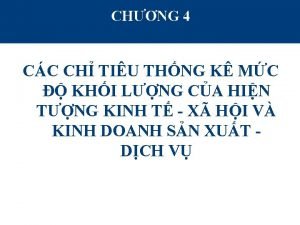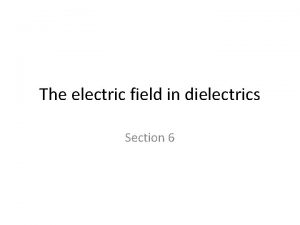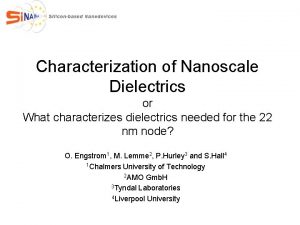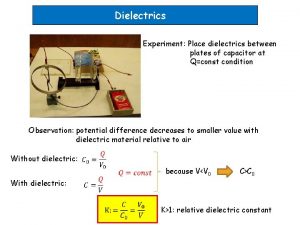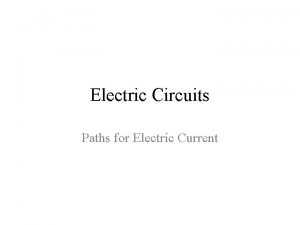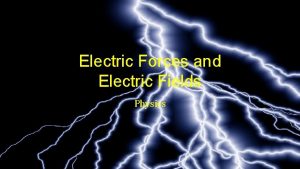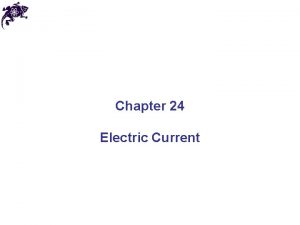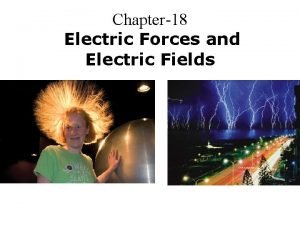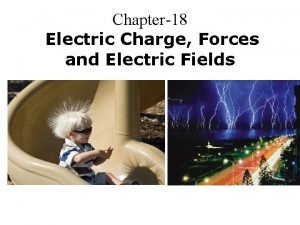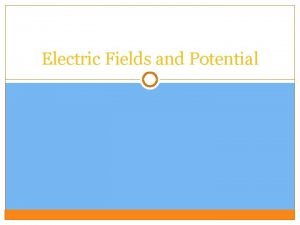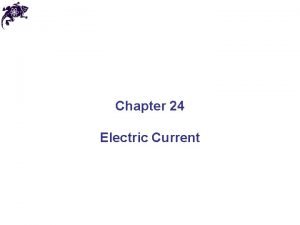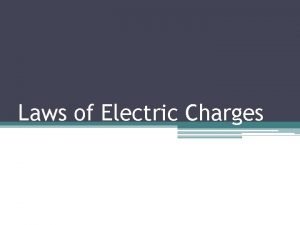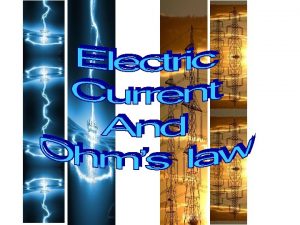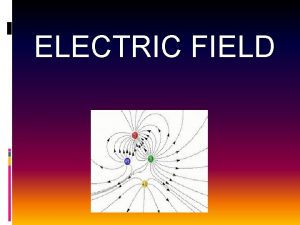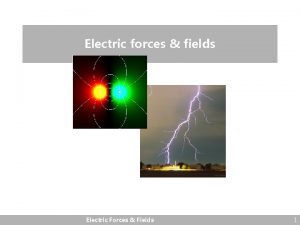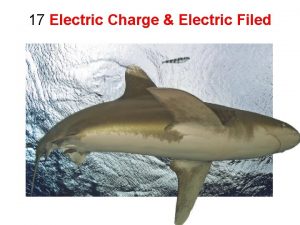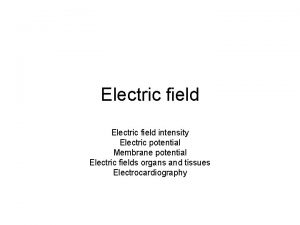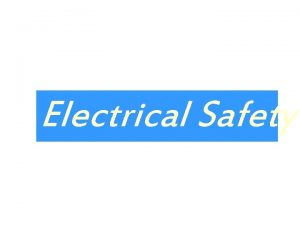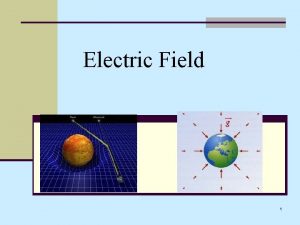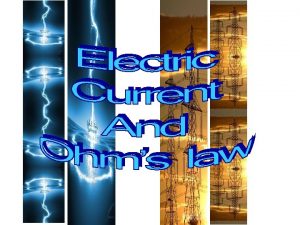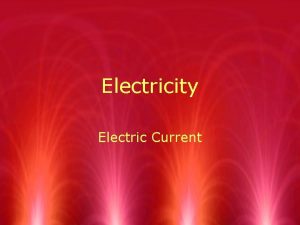Dielectrics Introduction Dielectrics are the materials having electric







































- Slides: 39

Dielectrics

Introduction Dielectrics are the materials having electric dipole moment permantly. Dipole: A dipole is an entity in which equal positive and negative charges are separated by a small distance. . DIPOLE moment (µele ): The product of magnitude of either of the charges and separation distance b/w them is called Dipole moment. µe = q. x coul – m q X -q All dielectrics are electrical insulators and they are mainly used to store electrical energy. Ex: Mica, glass, plastic, water & polar molecules…

dipole _ + Electric field + + + _ _ + _ Dielectric atom

Dielectric Constant is the ratio between the permittivity of the medium to the permittivity of free space. The characteristics of a dielectric material are determined by the dielectric constant and it has no units.

Electric Polarization The process of producing electric dipoles by an electric field is called polarization in dielectrics. Polarizability: The induced dipole moment per unit electric field is called Polarizability. The induced dipole moment is proportional to the intensity of the electric field. Is a Polarizability constant

Polarization vector: The dipole moment per unit volume of the dielectric material is called polarization vector.

Electric flux Density (D): Electric flux density is defined as charge per unit area and it has same units of dielectric polarization. Electric flux density D at a point in a free space or air in terms of Electric field strength is At the same point in a medium is given by As the polarization measures the additional flux density arising from the presence of material as compared to free space

Using equations 2 & 3 we get

Electric susceptibility: The polarization vector P is proportional to the total electric flux density and direction of electric field. Therefore the polarization vector can be written

Various polarization processes: When the specimen is placed inside a d. c. electric field, polarization is due to four types of processes…. 1. Electronic polarization 2. Ionic polarization 3. Orientation polarization 4. Space charge polarization

Electronic Polarization When an EF is applied to an atom, +vely charged nucleus displaces in the direction of field and ẽ could in opposite direction. This kind of displacement will produce an electric dipole with in the atom. i. e, dipole moment is proportional to the magnitude of field strength and is given by where ‘αe’ is called electronic Polarizability constant

It increases with increase of volume of the atom. This kind of polarization is mostly exhibited in Monatomic gases. He Ne Ar 0. 18 0. 35 1. 46 It occurs only at optical frequencies (1015 Hz) It is independent of temperature. Kr Xe 2. 18 3. 54

Expression for Electronic Polarization Consider a atom in an EF of intensity ‘E’ since the nucleus (+Ze) and electron cloud (-ze) of the atom have opposite charges and acted upon by Lorentz force (FL). Subsequently nucleus moves in the direction of field and electron cloud in opposite direction. When electron cloud and nucleus get shifted from their normal positions, an attractive force b/w them is created and the seperation continuous until columbic force FC is balanced with Lorentz force FL, Finally a new equilibriums state is established.

x +Ze R R No field fig(1) In the presence of field fig (2) fig(2) represents displacement of nucleus and electron cloud and we assume that the –ve charge in the cloud uniformly distributed over a sphere of radius R and the spherical shape does not change for convenience.

Let σ be the charge density of the sphere

Force experienced by displaced nucleus in EF of Strength E is FL = Eq = Ze. E -----(3) Hence electronic Polaris ability is directly proportional to cube of the radius of the atom.

Ionic polarization n The ionic polarization occurs, when atoms form molecules and it is mainly due to a relative displacement of the atomic components of the molecule in the presence of an electric field. When a EF is applied to the molecule, the positive ions displaced by X 1 to the negative side electric field and negative ions displaced by X 2 to the positive side of field. The resultant dipole moment µ = q ( X 1 + X 2). .

+ + + Electric field _ _ cat ion anion _ _ + _ + _

Restoring force constant depend upon the mass of the ion and natural frequency and is given by

Where ‘M’ mass of anion and ‘m’ is mass of cat ion This polarization occurs at frequency 1013 Hz (IR). It is a slower process compared to electronic polarization. It is independent of temperature.

Orientational Polarization It is also called dipolar or molecular polarization. The molecules such as H 2 , N 2, O 2, Cl 2 , CH 4, CCl 4 etc. , does not carry any dipole because centre of positive charge and centre of negative charge coincides. On the other hand molecules like CH 3 Cl, H 2 O, HCl, ethyl acetate ( polar molecules) carries dipoles even in the absence of electric field. How ever the net dipole moment is negligibly small since all the molecular dipoles are oriented randomly when there is no EF. In the presence of the electric field these all dipoles orient them selves in the direction of field as a result the net dipole moment becomes enormous.

n n n It occurs at a frequency 106 Hz to 1010 Hz. It is slow process compare to ionic polarization. It greatly depends on temperature.

Expression for orientation polarization This is called Langevin dielectrics. – Debye equation for total Polaris ability in

Internal fields or local fields Local field or internal field in a dielectric is the space and time average of the electric field intensity acting on a particular molecule in the dielectric material.

Evaluation of internal field Consider a dielectric be placed between the plates of a parallel plate capacitor and let there be an imaginary spherical cavity around the atom A inside the dielectric. The internal field at the atom site ‘A’ can be made up of four components E 1 , E 2, E 3 & E 4.

+ + ++ _ _ _ _ + + + _ + A _ _ Spherical Cavity + _ + + _ _ + + + _ _ _ _ _ E Dielectric material

Field E 1: E 1 is the field intensity at A due to the charge density on the plates

Field E 2: E 2 is the field intensity at A due to the charge density induced on the two sides of the dielectric. Field E 3: E 3 is the field intensity at A due to the atoms contained in the cavity, we are assuming a cubic structure, so E 3 = 0.


Field E 4: 1. This is due to polarized charges on the surface of the spherical cavity. Where d. A is Surface area between θ & θ+dθ…

2. The total charge present on the surface area d. A is… dq = ( normal component of polarization ) X ( surface area )

3. The field due to this charge at A, denoted by d. E 4 is given by The field in θ = 0 direction

4. Thus the total field E 4 due to the charges on the surface of the entire cavity is

The internal field or Lorentz field can be written as

Classius – Mosotti relation: Consider a dielectric material having cubic structure , and assume ionic Polarizability & Orientational polarizability are zero. .



n n n Ferro electric materials or Ferro electricity Ferro electric crystals exhibit spontaneous polarization I. e. electric polarization with out electric field. Ferro electric crystals possess high dielectric constant. each unit cell of a Ferro electric crystal carries a reversible electric dipole moment. Examples: Barium Titanate (Ba. Ti. O 3) , Sodium nitrate (Na. NO 3) , Rochelle salt etc. .

Piezo- electricity The process of creating electric polarization by mechanical stress is called as piezo electric effect. This process is used in conversion of mechanical energy into electrical energy and also electrical energy into mechanical energy. According to inverse piezo electric effect, when an electric stress is applied, the material becomes strained. This strain is directly proportional to the applied field. Examples: quartz crystal , Rochelle salt etc. , Piezo electric materials or peizo electric semiconductors such as Gas, Zno and Cd. S are finding applications in ultrasonic amplifiers.
 Mikael ferm
Mikael ferm What is electric susceptibility
What is electric susceptibility Potential electric energy formula
Potential electric energy formula What is electric potential
What is electric potential Electric potential
Electric potential Electric field from electric potential
Electric field from electric potential A suitable electric pump in an electric circuit is a
A suitable electric pump in an electric circuit is a Chapter 21 electric charge and electric field
Chapter 21 electric charge and electric field Chapter 21 electric charge and electric field
Chapter 21 electric charge and electric field Units for coulombs
Units for coulombs Units of a charge
Units of a charge Electric charges and electric forces lesson outline
Electric charges and electric forces lesson outline Go noodle cant stop the feeling
Go noodle cant stop the feeling Materials that are useful but can also be harmful
Materials that are useful but can also be harmful Natural man made
Natural man made Differentiate adopting materials and adapting materials
Differentiate adopting materials and adapting materials Direct materials budget with multiple materials
Direct materials budget with multiple materials Gauss law in differential form
Gauss law in differential form Gauss law in dielectrics
Gauss law in dielectrics Attenuation constant formula
Attenuation constant formula Are dielectrics conductors
Are dielectrics conductors Liquids dielectrics are mainly used as
Liquids dielectrics are mainly used as Electromechanical breakdown
Electromechanical breakdown Capacitance quiz
Capacitance quiz Capacitance and dielectrics
Capacitance and dielectrics Boundary value problems with dielectrics
Boundary value problems with dielectrics What are polar and nonpolar dielectrics
What are polar and nonpolar dielectrics Boundary value problems with dielectrics
Boundary value problems with dielectrics Polarisation
Polarisation Dielectric medium
Dielectric medium Treeing and tracking in solid dielectrics
Treeing and tracking in solid dielectrics Hát kết hợp bộ gõ cơ thể
Hát kết hợp bộ gõ cơ thể Ng-html
Ng-html Bổ thể
Bổ thể Tỉ lệ cơ thể trẻ em
Tỉ lệ cơ thể trẻ em Voi kéo gỗ như thế nào
Voi kéo gỗ như thế nào Tư thế worm breton
Tư thế worm breton Bài hát chúa yêu trần thế alleluia
Bài hát chúa yêu trần thế alleluia Môn thể thao bắt đầu bằng từ đua
Môn thể thao bắt đầu bằng từ đua Thế nào là hệ số cao nhất
Thế nào là hệ số cao nhất

